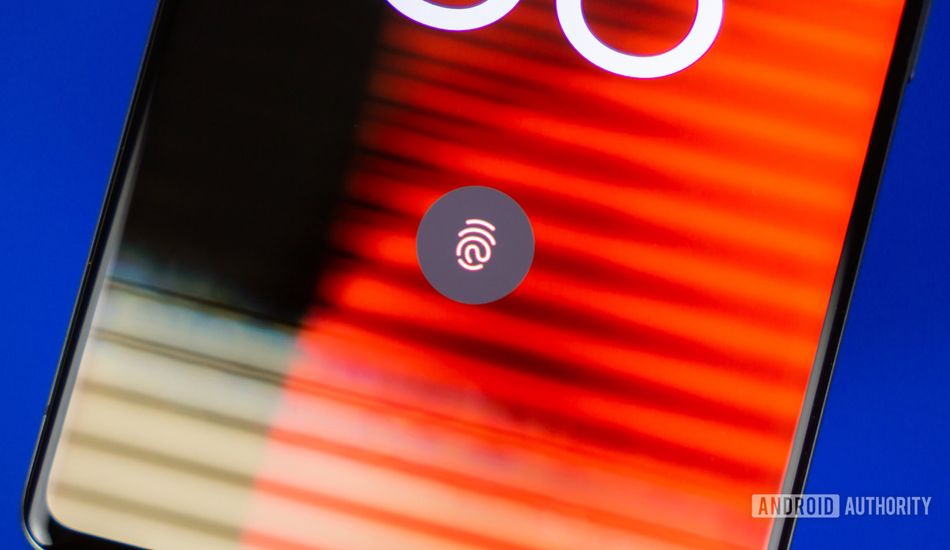
Android 16 Beta: Screen-Off Fingerprint Unlock Disappears on Pixel Phones
The Screen-off Fingerprint Unlock feature, designed to enhance user convenience on Tensor-powered Pixel phones, has experienced an unexpected setback in the latest Android 16 Beta 4. This functionality, which allows users to unlock their devices with the fingerprint scanner even when the screen is off, has seen its toggle mysteriously removed from the settings menu.
Initial Implementation and Subsequent Removal
Initially introduced in the second developer preview of Android 16, the Screen-off Fingerprint Unlock was initially exclusive to the Google Pixel 9 series. However, its expansion to all Pixel phones in the third Android 16 beta suggested a promising integration into the upcoming stable release. This expansion raised expectations that Google was committed to enhancing the user experience across its device ecosystem. The feature aimed to streamline the unlocking process, eliminating the need to activate the screen before using the fingerprint scanner.
The removal of the feature's toggle in Android 16 Beta 4 raises questions about its future. Previously accessible under Settings > Security & privacy > Device unlock > Face & Fingerprint Unlock > Fingerprint Unlock, the setting is now absent, even on the Pixel 9 Pro. With Beta 4 being the last scheduled release in the Android 16 beta program, the absence of the toggle suggests that the feature may not be included in the final stable release. This sudden disappearance has left many users wondering about the rationale behind this decision and whether it represents a temporary setback or a permanent removal.
Workarounds and Alternative Solutions
Despite the missing toggle, the Screen-off Fingerprint Unlock feature continues to function for users who had previously enabled it in Beta 3. This persistence indicates that the underlying code for the feature remains intact within Android 16 Beta 4. For those who missed the opportunity to enable the feature, a workaround exists through the use of ADB (Android Debug Bridge) commands. By establishing ADB access from a PC, users can manually toggle the feature using specific commands. The following command will enable Screen-off Fingerprint Unlock:
adb shell settings put secure config_screen_off_udfps_enabled 1Conversely, the following command will disable the feature:
adb shell settings put secure config_screen_off_udfps_enabled 0An alternative method to resurface the setting involves rooting the Pixel device and installing a Runtime Resource Overlay (RRO) that modifies the framework's config_screen_off_udfps_enabled flag from "false" to "true". This approach provides a more permanent solution but requires advanced technical knowledge and carries inherent risks associated with rooting a device.
For users who prefer not to employ ADB commands or root their devices, the only remaining option is to enable the always-on display feature. This workaround keeps the fingerprint scanner active at all times, albeit at the cost of increased battery consumption. This method ensures that the fingerprint scanner remains responsive, allowing for quick and seamless unlocking, but it also necessitates more frequent charging.
Speculation and Future Outlook
The removal of the Screen-off Fingerprint Unlock toggle in Android 16 Beta 4 remains shrouded in uncertainty. While the feature's continued functionality for some users suggests that it has not been entirely abandoned, the reasons behind its removal from the settings menu are unclear. It is possible that Google is addressing underlying technical issues or conducting further testing before reintroducing the feature in the stable release of Android 16. Alternatively, the removal may indicate a change in direction, with Google potentially opting to refine the feature or explore alternative approaches to enhancing fingerprint unlock functionality.
Ultimately, the fate of the Screen-off Fingerprint Unlock feature hinges on Google's decisions in the lead-up to the stable release of Android 16. Whether the feature will return, undergo further refinement, or be replaced by a different solution remains to be seen. In the meantime, users can explore the available workarounds to maintain the desired functionality, while remaining vigilant for updates and announcements from Google regarding the future of this intriguing feature.
Source: AndroidAuthority